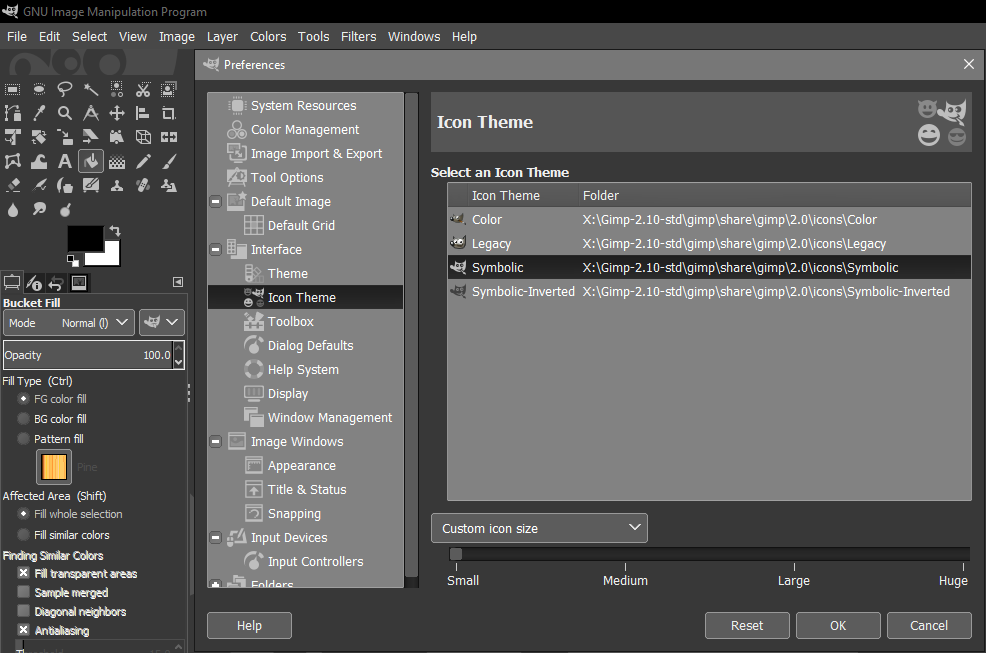

bf plugins) and no problems so far, even 'neon' is working again. (02-27-2020, 07:52 AM)denzjos Wrote: Using windows 10 on PC / gimp 2.10.18 : I tested several filters and plugins (also some PS. Now I don't have to use 2.10.12 any longer. With the known problems with bump-map in 2.10.14 and then the font/gradient/brush/pattern issues in releases after that, I had just resorted to going back to 2.10.12. You'll notice that the plain gray image is darker. Step back until the checkerboard becomes a uniform gray. (*) Try this: open two images in Gimp, fill one with a checkerboard pattern and one with grey (128,128,128). If you wanted to see what a spatial convolution matrix can do, then use Gimp 2.10 in "linear light".But you have to keep in mind that the old behavior was incorrect, even if some workflows could take advantage of it. If you want the old behavior, use the old Gimp.Which confirms that in 2.10 convolution operates on "linear light". you get a result that is equivalent to 180/255: June 2021 Edit: in 2.10, if you put the image in a high-precision mode, and use the values that are the mathematical equivalents to 90/255, 15O/255 and 210/255: In Gimp 2.10, if you are in 8-bit (and in the general case, using gamma-corrected representation, but this is mostly useful in 8-bit), the pixel data is converted to 32-bit FP linear, removing the gamma compensation, then the required transformation is applied, then the data is converted back to 8-bit, with the gamma compensation reinstated. Most Gimp 2.8 tools work (incorrectly) directly on these gamma-corrected values. In 2.8, the 0.255 values pixels are not a linear representation of the color/luminosity but are gamma-corrected (so that there are more values for dark tones(*)).

A big difference between 2.10 (high-bit-depth) and previous versions (8-bit), is that the 2.10 works in "linear light".


 0 kommentar(er)
0 kommentar(er)
